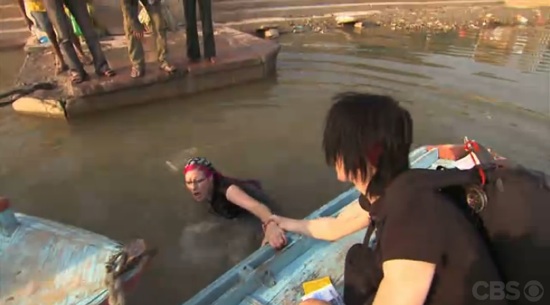Just down the road from my home in Manhattan, Kansas is Topeka’s most despised institution, The Westboro Baptist Church (WBC), an American unaffiliated Baptist church known for its extreme ideologies, especially those against gay people.
 According to wiki, the church is widely described as a hate group] and is monitored as such by the Anti-Defamation League and Southern Poverty Law Center. It was headed by Fred Phelps (although shortly before his death in March 2014, church representatives said that the church had not had a defined leader in “a very long time”), and consists primarily of members of his extended family in 2011, the church stated that it had about 40 members. The church is headquartered in a residential neighborhood on the west side of Topeka about three miles (5 km) west of the Kansas State Capitol.
According to wiki, the church is widely described as a hate group] and is monitored as such by the Anti-Defamation League and Southern Poverty Law Center. It was headed by Fred Phelps (although shortly before his death in March 2014, church representatives said that the church had not had a defined leader in “a very long time”), and consists primarily of members of his extended family in 2011, the church stated that it had about 40 members. The church is headquartered in a residential neighborhood on the west side of Topeka about three miles (5 km) west of the Kansas State Capitol.
The church has been involved in actions against gay people since at least 1991, when it sought a crackdown on homosexual activity at Gage Park six blocks northwest of the church In addition to conducting anti-gay protests at military funerals, the organization pickets other celebrity funerals and public events Protests have also been held against Jews and Catholics, and some protests have included WBC members stomping on the American flag.
The WBC is not affiliated with any Baptist denomination. The Baptist World Alliance and the Southern Baptist Convention (the two largest Baptist denominations) have each denounced the WBC over the years The church describes itself as following Primitive Baptist and Calvinist principles.
I guess they have the freedom to exist; and they have the freedom to be hacked.
According to the Christian Post a popular parody news website recently pranked the Westboro Baptist Church by issuing the organization’s phone number as a helpline for a fake turkey-related flu that the site reported on.
The National Report published a story last week that said the CDC had confirmed a new form of Avian flu had been found in turkeys distributed by a major supplier. The site also warned consumers not to eat any turkey on Thanksgiving because the virus had the ability to withstand cooking temperatures.
“In early testing, this virus has shown enormous ability to withstand cooking temperatures,” read the fake report. “This makes this a much more dangerous situation.”
The site claimed the only chance of killing the disease was by deep frying, which the National Report said only worked 50 percent of the time.
“In our food safety laboratory, we have found that only deep frying cooking methods have been effective at reducing the viral load, and even then, by only about 50 percent. At this point, we can not recommend any preparation method as safe.”
The site then issued what it called the “Turkey Safety Hotline” for consumers looking for safety updates. This number happened to be the contact information for the Westboro Baptist Church.
A report from Addicting Info says the church received countless calls which jammed its phone lines.



 awareness of proper hand-washing, food preparation and illness prevention techniques.
awareness of proper hand-washing, food preparation and illness prevention techniques. Two lasagnas were required to feed the crew, and were cooked in the oven at the same time.
Two lasagnas were required to feed the crew, and were cooked in the oven at the same time. I attempted to call the Stouffer’s consumer hotline , but it’s only open Monday to Friday, because people don’t eat frozen entrees on the weekend.
I attempted to call the Stouffer’s consumer hotline , but it’s only open Monday to Friday, because people don’t eat frozen entrees on the weekend..jpg) "The owner of Mona Lisa pasta says his kitchen is not to blame for six central Virginia dinner guests coming down with salmonella. While he says he sold the frozen lasagna, it was not his kitchen that was responsible for cooking it to code.
"The owner of Mona Lisa pasta says his kitchen is not to blame for six central Virginia dinner guests coming down with salmonella. While he says he sold the frozen lasagna, it was not his kitchen that was responsible for cooking it to code.